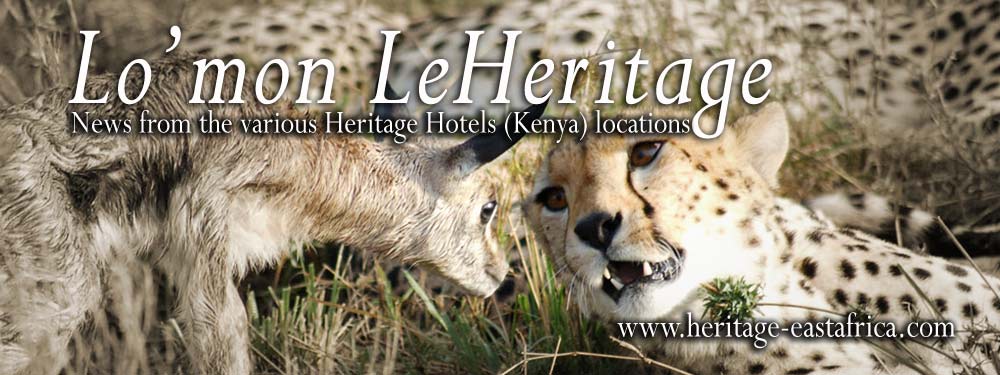
MIGRATION 2004 UPDATE:
30.07.04
A great deal has happened since our update last week concerning the wildebeest migration. The Central and Burrungat plains where the wildebeests first settled after coming from the Serengeti, is almost empty save for a few stragglers. The herd as they left this area took three different directions, the majority crossed into the Mara conservancy. A massive crossing occurred near Look Out hill with most of wildebeest moving into the Mara triangle in anticipation of new shoots of grass fire in the area. Wildebeest seem to associate the burning on the plains with new grass which normally occur after the rains.
In the case of the Conservancy, there hasn‘t been adequate amount of rain save for some light showers, which has done no more than just settle the dust and ashes in the burnt areas. So there is very little for the wildebeest to feed on, not that there is no grass on the eastern side of the Mara River, but there an anticipation of lush grazing which has forever kept the wildebeest on the move. We are now enjoying the sight of the herds re-crossing the Mara River at the Paradise crossing point almost on a daily basis, because of the burning of the grass on Paradise plains. Both the local and the southern populations are now all mixed together and some of the herds have headed eastwards towards Sekenani Gate on the eastern border of the reserve but this area is just as dry as the plains they left behind. Their natural instinct is to believe that “grass is greener” on the other side until proved otherwise. We anticipate that this herd won‘t stay long in this area.
The third group crossed the Talek River and proceeded towards the Rhino Ridge and onto Paradise Plains and are now joining up with the group which have arrived back from the Conservancy area. You will never understand the Wildebeest’s mind set, covering their many decisions to move from one area to another and back again! This group is not as large as the Eastern and the Western herds.
As of now, a higher concentration of animals is on the Conservancy side but they are crossing East in high numbers. The second highest concentration is between Roan hill and Sekenani gate but there are still bigger herds seen across the border in Serengeti. We still expect a lot more activity in the coming weeks.






